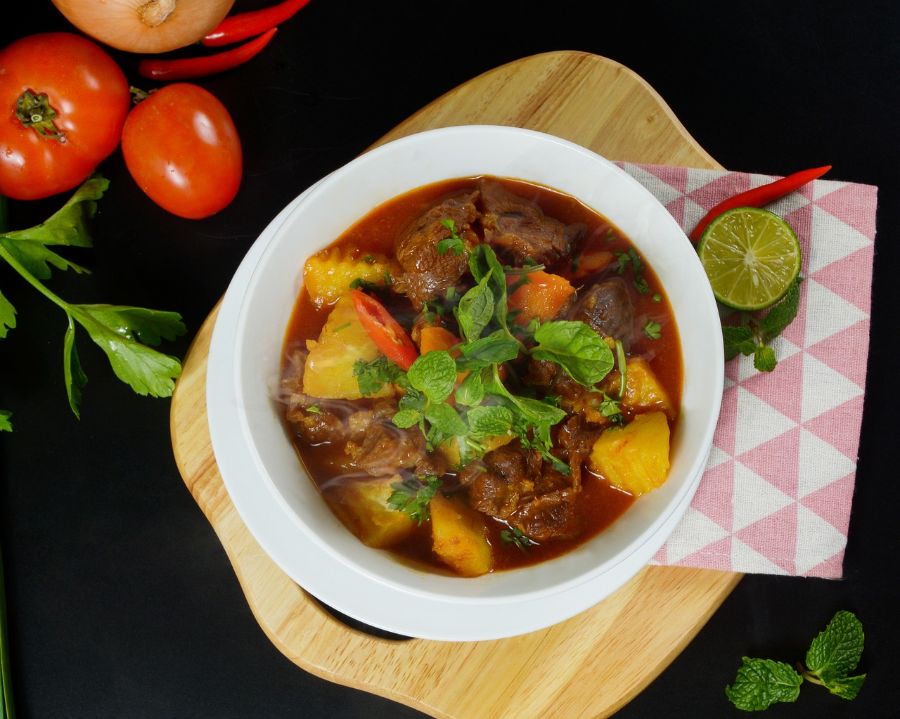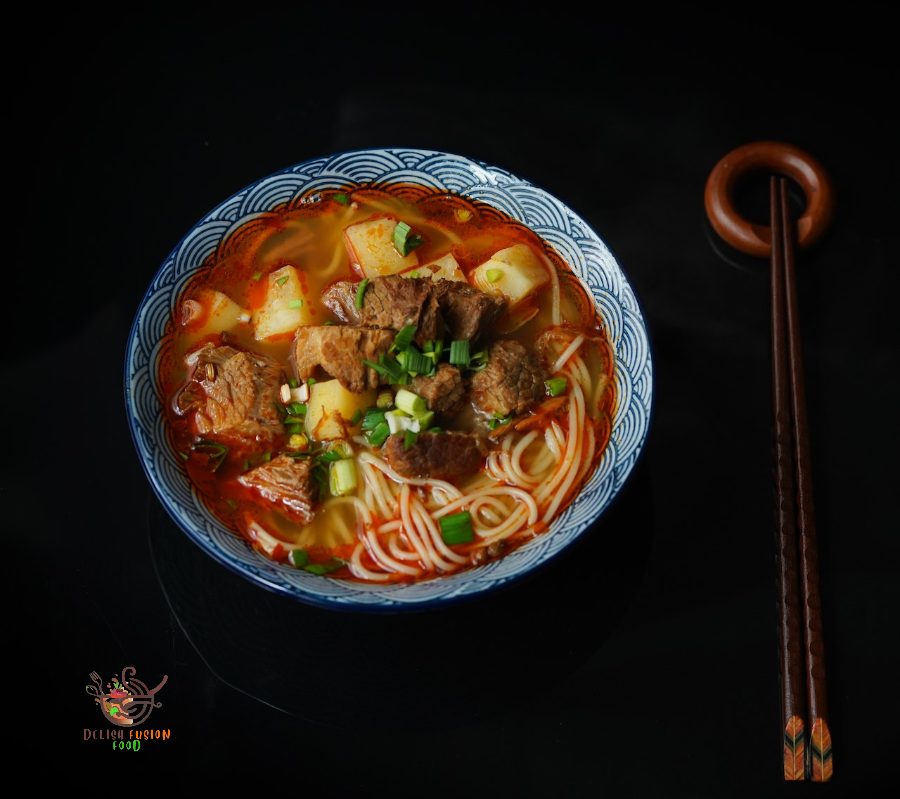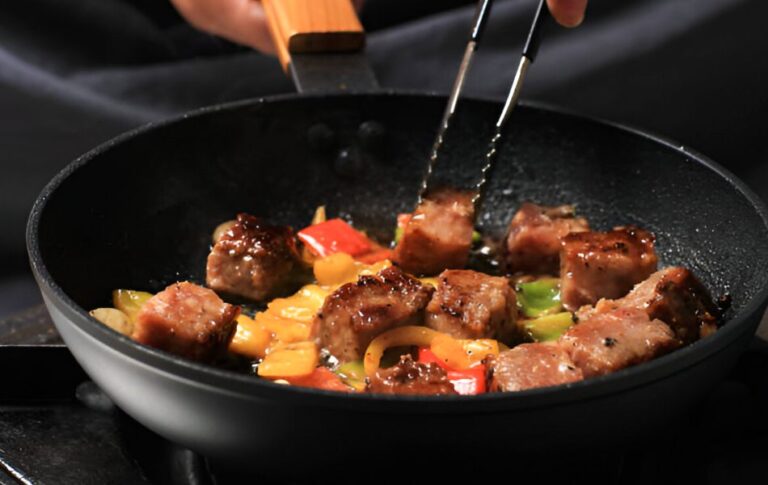Ultimate Guide to Reheating Beef Stew: Methods, Tips, and Safety
A steaming bowl of beef stew on a chilly evening is comforting and often leaves leftovers for later. But how often can you reheat it without losing its taste and quality?
In Short
Explore the guide to reheating beef stew, covering various methods like oven, stovetop, microwave, slow cooker, sous vide, and Instant Pot. Get essential tips to preserve flavor and texture while ensuring safety for your favorite comfort meal.

Storing and Reheating the Best Beef Stew
Beef stew, a hearty and budget-friendly dish, frequently produces surplus portions. To avoid wasting beef stew, learn how to store and reheat it right. Freezing it is a smart option to avoid culinary burnout. Now, we’ll look at the good and bad sides of reheating beef stew.
The Upsides to Reheating
- Reheating allows you to utilize leftovers effectively, reducing food waste.
- You can freeze beef stew to enjoy it later.
- Multiple reheating methods are available.
- Storing and reheating stew can actually make it taste even better over time.
- Beef stew is a nutritionally balanced meal, perfect for quick reheating.
The Downsides to Reheating
- Repeated reheating can cause the stew to lose flavor or develop a burnt taste.
- Thickening agents may separate if the stew is frozen, so it’s best to add them when reheating.
- Fat may separate or thicken.
- Reheating can sometimes make potatoes mushy.
What is the correct way to reheat beef stew?
Reheating beef stew is pretty simple, but it takes a bit of time to cook. You’ve got a few options depending on your schedule: use the oven, stovetop, microwave, slow cooker, sous vide, or Instant Pot. Now, let’s talk about the advantages and disadvantages of each method.
The Oven Method
The oven method offers consistent heating and ensures moisture retention in a perfectly reheated stew.
- Preheat your oven to 350°F/180°C.
- Transfer refrigerated stew to an oven-safe dish, cover it, and heat for 25-30 minutes. This method reinvigorates the flavors while maintaining the stew’s original richness.
Stovetop Method
Reheating on the stovetop provides precise control and maintains the stew’s robust flavor. Follow these steps for optimal results:
- Place the refrigerated stew in a suitable pot.
- Loosely cover the pot to enable steam to vent.
- Heat on low or medium-low, stirring occasionally for at least ten minutes. This method ensures even heating and prevents overcooking.
Crockpot Method
The slow cooker method is convenient but can slightly alter the texture of the stew. Steps:
- Place refrigerated stew in the slow cooker and add a bit of liquid to prevent drying out.
- Set it to low temperature and let it heat overnight. This method offers the convenience of a “set it and forget it” approach but may result in softer vegetables and slightly rubbery beef.
Microwave Method
For quick single-serving reheating, the microwave is convenient but can heat unevenly. Here’s how:
- Spoon the desired quantity of refrigerated stew into a microwave-safe container.
- Add a touch of liquid to keep the stew moist.
- Place a partially vented lid on the container.
- Heat on high for at least three minutes, stirring every 60 seconds. Keep an eye on it to avoid overheating and uneven cooking.
Sous Vide Method
Sous vide is a lesser-known but effective way to restore flavor to frozen beef stew. Yet, it demands specialized equipment and time:
- Heat a water bath to a temperature just below the cooking temperature of the stew.
- Submerge the sealed stew, still in its vacuum-sealed bag or container, into the water bath.
- Wait until it regains its initial temperature before opening and serving. This method offers a slow and steady process that fully restores the flavors of leftover beef stew but requires costly equipment.
Reheating Beef Stew in Instant Pot
The Instant Pot offers convenience and efficiency. Here’s how to use it:
- Transfer refrigerated stew to the Instant Pot, and add a small amount of liquid if needed.
- Secure the lid firmly, making sure the steam release valve is set to sealing mode.
- Use the high-pressure setting and follow the Instant Pot’s instructions for timing. This method is quick, efficient, and uses electricity effectively.
Is Reheating Beef Stew Safe?
You can reheat beef stew multiple times, but for the best results, portion it out and reheat individual servings. Avoid reheating stew left out without a heat source for over two hours, as it may become unsafe to eat.
Is there a superior reheating method among the options?
The recommended method for reheating beef stew is simmering it on the stovetop, as it helps preserve flavors best. However, the choice of method depends on your circumstances and equipment. Oven and stovetop reheating methods are simple and cost-effective for larger portions. Still, sous vide and Instant Pot methods offer convenience and efficiency for everyday use.
Additional Tips for Perfectly Reheated Beef Stew
While the methods mentioned above are effective, there are a few more tips to elevate your reheating game and make your beef stew taste as good as new:
Use the Right Container:
When reheating in the microwave, use a microwave-safe container with a lid or microwave-safe plastic wrap. For stovetop or oven reheating, oven-safe dishes with lids work best.
Add Liquid as Needed:
If your beef stew looks dry during reheating, add a splash of broth, water, or wine to restore moisture and prevent it from becoming too thick.
Stir and Check Temperature:
Stirring your stew during reheating helps distribute heat evenly and ensures uniform heating. Use a food thermometer to check the internal temperature; it should reach at least 165°F (74°C) to ensure it’s safe to eat.
See Also – How Do You Reheat Tacos? Simple Tips and Methods!
Reheating your favorite beef stew can be a satisfying endeavor when done correctly. The key is to achieve the right balance between heating through and preserving the stew’s original flavors. Prepare to enjoy those delicious leftovers, now equipped with the expertise to reheat beef stew like a pro.







